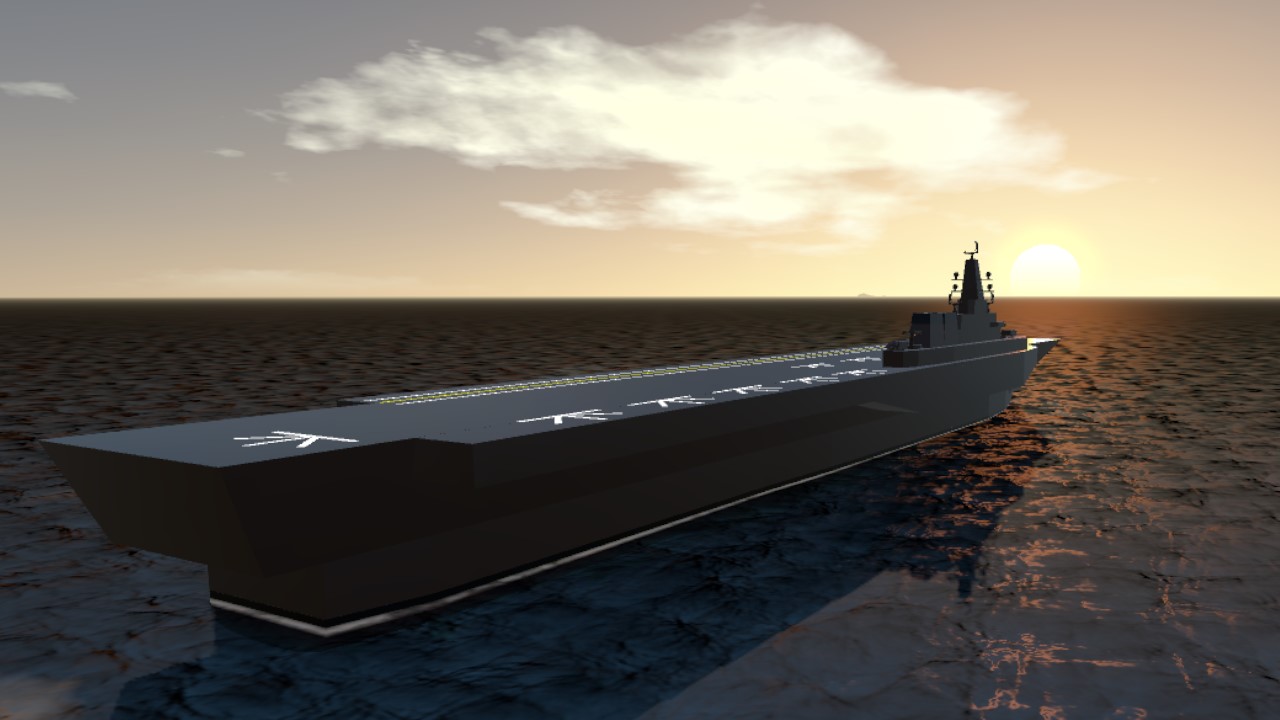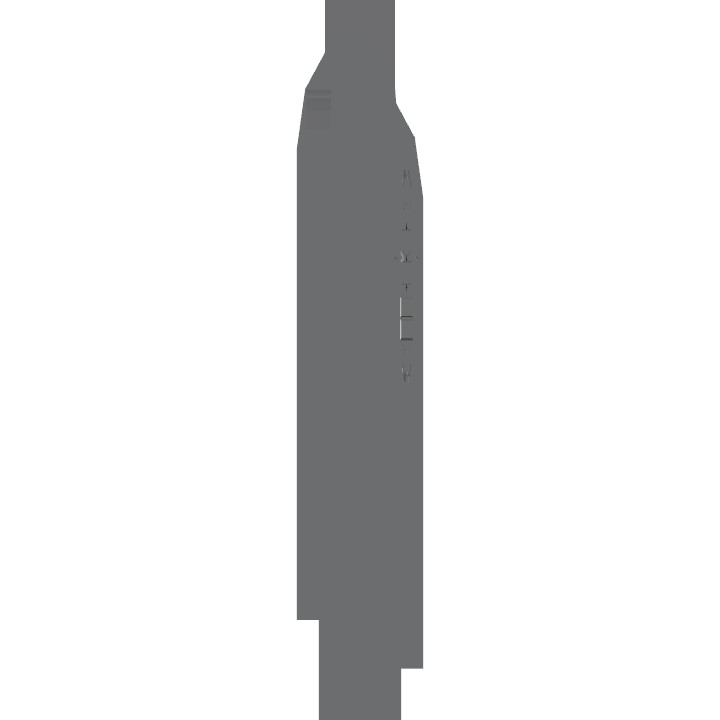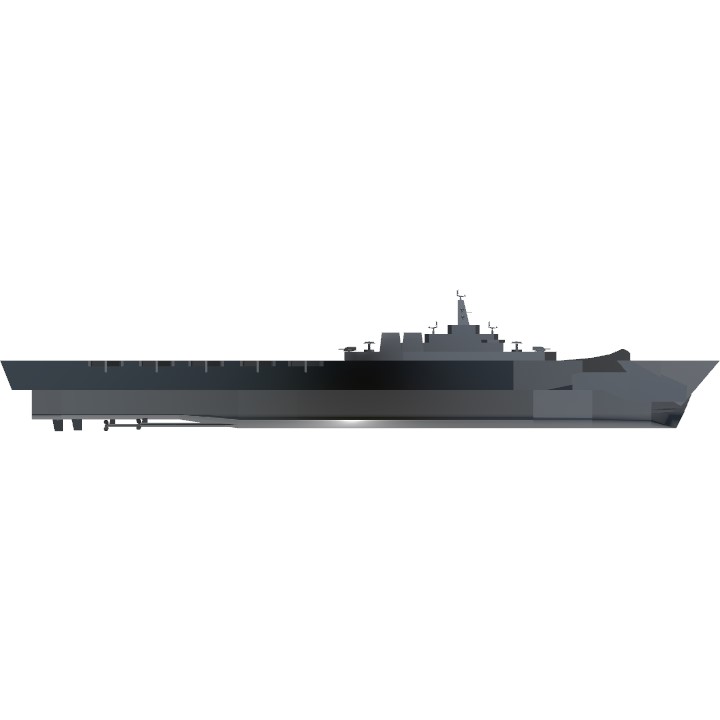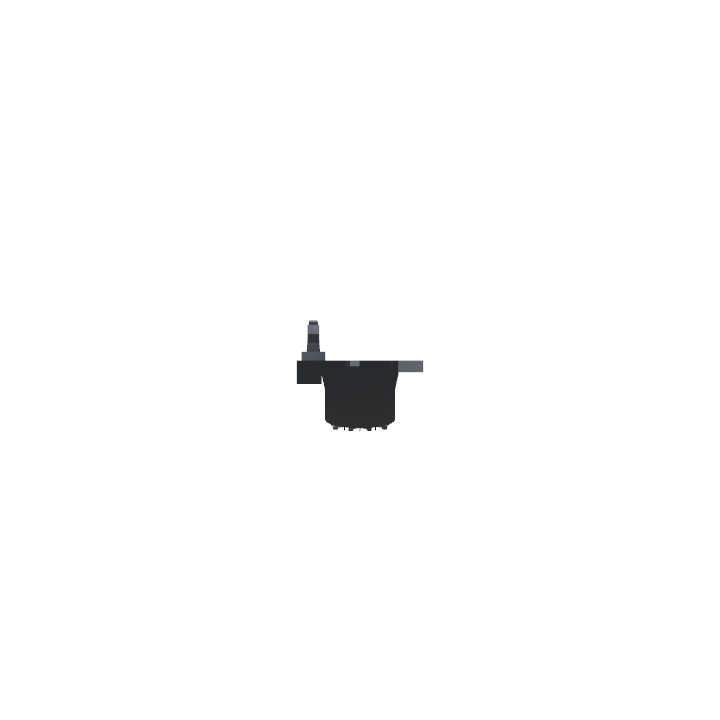The Kaga-class are a group of eight fleet aircraft carriers currently in service with the Japanese Imperial Maritime Self-Defense Forces (JIMSDF). Built between 1966 and 1970, these ships represent the pinnacle of Japanese naval engineering and have served their nation proudly for over five decades. Each Kaga-class vessel displaces a staggering 65,000 tons, powered by a potent combination of 16 boilers and 4 steam turbines, pushing them to speeds of 37 knots. Their vast internal capacity allows them to operate for up to 16,000 nautical miles at cruising speeds, providing unparalleled operational range and endurance. The defining feature of the Kaga-class vessels is their versatile aviation facilities. A full-length flight deck and hangar bay equipped with a ski-jump ramp can accommodate a diverse mix of 84 helicopters and/or short-take-off vertical-landing (STOVL) fighters. This unique configuration allows them to adapt to a wide range of missions, from anti-submarine warfare to amphibious assaults and air combat; but they are nonetheless far from defenseless in direct combat, while primarily focused on aerial operations, the Kaga-class still packs a punch nonetheless. Close-in weapon systems and multiple types of anti-ship, anti-air, and anti-submarine missiles ensure they can engage a variety of threats at sea and on land effectively, thus allowing their escorts to focus on other tasks at hand as opposed to defending their carriers at all costs.
Class overview
Manufacturer: Enoshima Fleet Yards, Kure Naval Arsenal, Maizuru Fleet Yards
Operators: Japanese Imperial Maritime Self-Defense Forces
Preceded by: none
Succeeded by: none
Built: 1966-1970
In commision: 1970-present
Ordered: 8
Completed: 8
Commissioned: 8
Active: 8
General characteristics
Type: Fleet aircraft carrier
Displacement: 65,000 tons standard load
Installed power: 16 Kampon turbo-pressurized boilers, 4 steam turbines (400,000 shp (300,000 kW))
Top speed: 37 knots (69 km/h; 43 mph)
Range: 16,000 nmi (30,000 km; 18,400 mi) at 21 knots
Armor: 37mm waterline and deck, 25mm superstructure, Kevlar anti-splinter plating
Aviation facilities: Full-length flight deck, under-deck full-length hangar, ski-jump ramp
Aircraft carried: 84 helicopters and/or short-take-off vertical-landing fighters standard capacity
- total capacity for 90 aircraft
Sensors, processing systems, and electronic equipment
Type 70 air/surface search radar (3 arrays)
Type 57 sonar array (4 emitters, 4 recievers)
Type 57 towed sonar emitters (4 emitters)
Type 64 fire-control radar (2 mounts fore and aft, retracting)
Type 64 Eihei intergrated combat system (lit. Sentry)
Electronic warfare & decoys
Type 69 flare launchers (2 launchers)
Type 67 sonar interference emitters (4 emitters)
Type 67 electronic warfare system (4 emitters)
Type 62 towed torpedo countermeasures (4 modules)
Enoshima Type 70 air/surface-search radar
Enoshima Type 70 passive-detection radar
Enoshima Type 70 sonar detection systems
Enoshima Type 70 directional radar jammers
Armament
2x Type 70 close-in weapon systems
Enoshima Type 54 twin-arm missile launcher (2 launchers):
- Type 64 anti-ship-anti-air missile
- Type 68 land-attack cruise missile
- Type 67 anti-ship missile
- Type 63 anti-submarine missile
Ships of the line
JS Kaga (CVF-011)
JS Akagi (CVF-012)
JS Shokaku (CVF-013)
JS Zuikaku (CVF-014)
JS Kaikaku (CVF-015)
JS Umikaku (CVF-016)
JS Taiho (CVF-017)
JS Hayabusa (CVF-018)
Specifications
General Characteristics
- Created On Windows
- Wingspan 175.5ft (53.5m)
- Length 1000.7ft (305.0m)
- Height 198.1ft (60.4m)
- Empty Weight 114,054lbs (51,734kg)
- Loaded Weight 261,569lbs (118,646kg)
Performance
- Horse Power/Weight Ratio 0.015
- Wing Loading 408.2lbs/ft2 (1,993.0kg/m2)
- Wing Area 640.8ft2 (59.5m2)
- Drag Points 1797
Parts
- Number of Parts 388
- Control Surfaces 0
- Performance Cost 1,454






